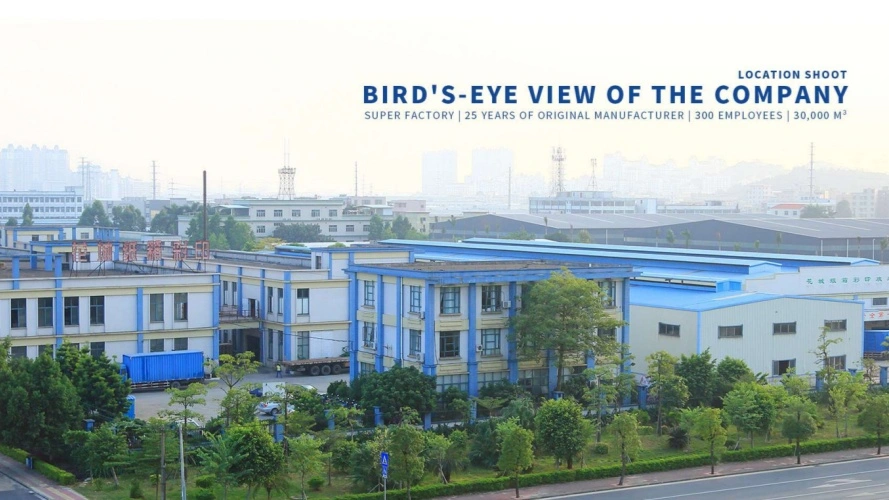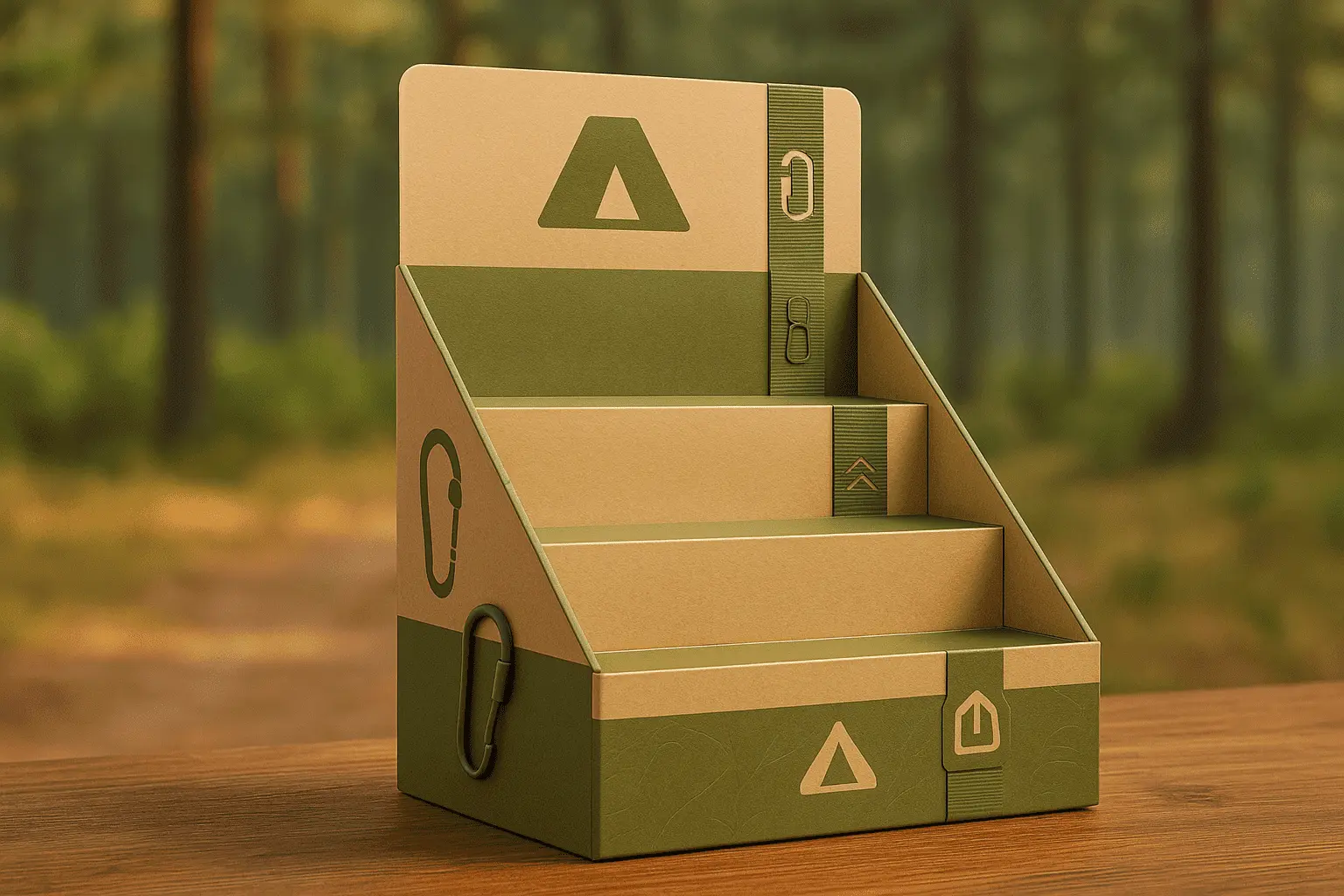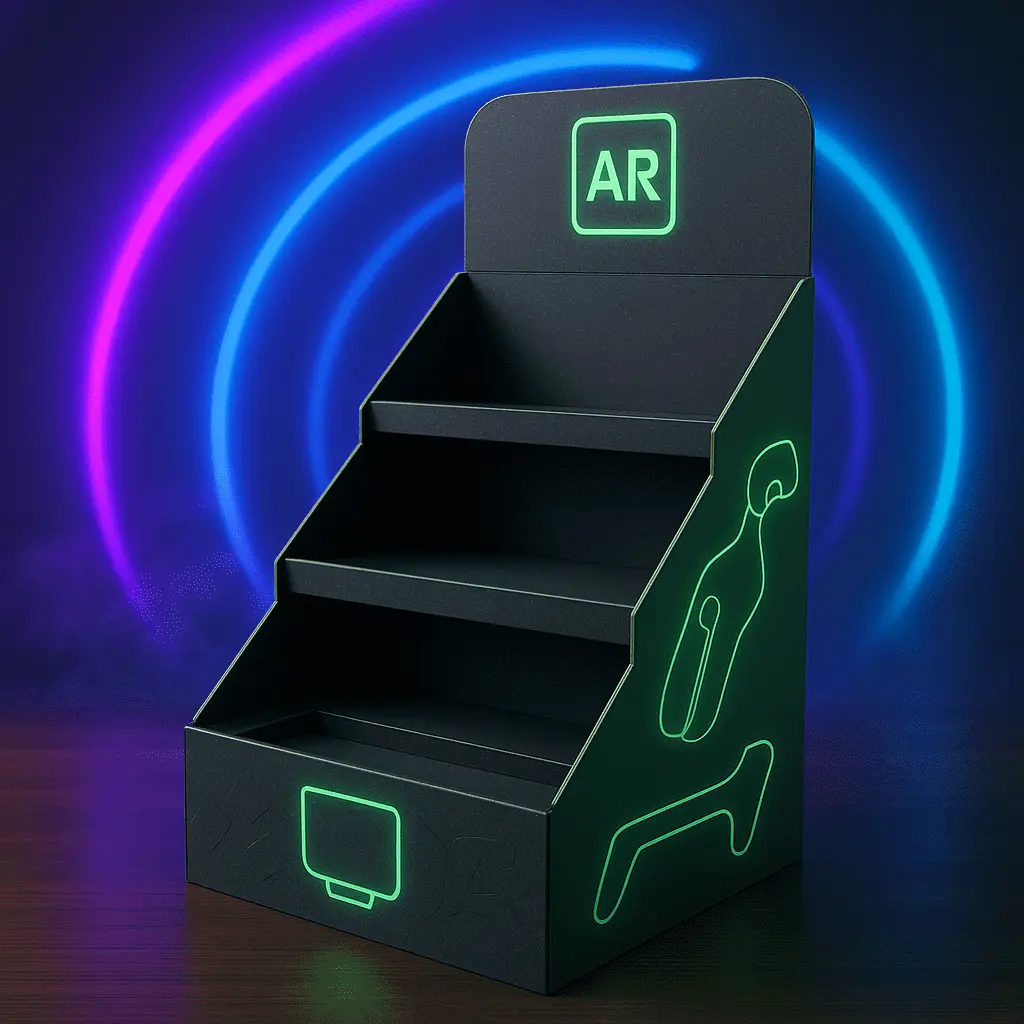Understanding PDQ Displays: Features and Benefits
What Makes PDQ Displays Unique
PDQ displays, an acronym for "Pretty Darn Quick," have revolutionized the retail landscape with their innovative design and functionality. These displays are engineered for rapid assembly and deployment, allowing retailers to showcase products efficiently. The standout feature of PDQ displays lies in their pre-filled nature, arriving at stores ready to be placed on the sales floor with minimal setup required. This characteristic significantly reduces labor costs and streamlines the restocking process, making them a favorite among retailers seeking to optimize their operations.
Advantages of PDQ Displays in Retail Environments
The benefits of PDQ displays extend beyond mere convenience. These units are tailored to enhance product visibility and accessibility, often incorporating vibrant graphics and strategic product arrangement to capture consumer attention. The modular nature of many PDQ displays allows for flexible placement within stores, enabling retailers to maximize high-traffic areas and capitalize on impulse purchases. Moreover, PDQ displays frequently boast a smaller footprint compared to traditional displays, making them ideal for stores with limited floor space or those looking to create a more open, navigable shopping environment.
Impact on Sales and Consumer Behavior
Research has consistently shown that PDQ displays can significantly boost sales figures. By presenting products in an attractive, easily accessible manner, these displays encourage spontaneous purchases and can increase product turnover rates. The psychology behind PDQ displays is rooted in their ability to create a sense of urgency and exclusivity, often associated with limited-time offers or seasonal promotions. This approach taps into consumers' fear of missing out (FOMO), prompting quicker decision-making and higher conversion rates. Additionally, the neat and organized presentation of products in PDQ displays can enhance perceived value, potentially justifying premium pricing strategies.
Traditional Displays: Tried and True Retail Solutions
Characteristics of Traditional Retail Displays
Traditional retail displays have been the backbone of in-store product presentation for decades. These displays encompass a wide range of fixtures, including shelving units, gondolas, and freestanding racks. The hallmark of traditional displays is their versatility and durability, designed to withstand the rigors of long-term use in high-traffic retail environments. Unlike their PDQ counterparts, traditional displays are typically unfilled upon arrival and require manual stocking by store personnel. This characteristic allows for greater flexibility in product arrangement and the ability to adapt to changing inventory needs over time.
Strengths of Conventional Display Methods
The enduring popularity of traditional displays can be attributed to several key strengths. Firstly, their robust construction ensures longevity, making them a cost-effective solution for retailers looking to make long-term investments in their store infrastructure. Traditional displays also offer unparalleled versatility, accommodating a wide array of product sizes, shapes, and weights. This adaptability extends to visual merchandising, allowing retailers to easily update product presentations, implement seasonal themes, or respond to evolving consumer trends without the need for complete display overhauls. Furthermore, the familiarity of traditional displays can be comforting to shoppers, facilitating easy navigation and fostering a sense of reliability in the shopping experience.
Limitations and Challenges of Traditional Displays
Despite their many advantages, traditional displays are not without limitations. One of the primary challenges is the labor-intensive nature of setup and restocking. Unlike PDQ displays, traditional fixtures require significant time and effort to assemble, arrange, and maintain, potentially leading to higher labor costs for retailers. Additionally, the static nature of many traditional displays can result in a less dynamic shopping environment, potentially failing to capture the attention of consumers in an increasingly competitive retail landscape. The lack of built-in branding elements in standard traditional displays may also necessitate additional investment in signage and promotional materials to effectively market products and create a cohesive brand experience within the store.
Comparative Analysis: PDQ vs Traditional Displays
Cost-Effectiveness and Return on Investment
When evaluating the cost-effectiveness of PDQ displays versus traditional displays, several factors come into play. PDQ displays often require a higher upfront investment due to their custom design and pre-filled nature. However, this initial cost can be offset by reduced labor expenses for setup and restocking. Traditional displays, while potentially less expensive initially, may incur higher long-term costs due to the need for regular maintenance and the labor required for frequent restocking. The return on investment (ROI) for PDQ displays is typically realized through increased sales velocity and higher impulse purchase rates. Conversely, traditional displays offer ROI through their longevity and ability to showcase a wider range of products over time. Ultimately, the most cost-effective solution depends on the specific retail context, product type, and sales strategy.
Visual Appeal and Brand Representation
In the realm of visual merchandising, PDQ displays often hold an edge due to their custom-designed nature. These displays are created with specific products and brand identities in mind, resulting in a cohesive and impactful visual presentation. The ability to incorporate vibrant graphics, unique shapes, and brand-specific elements directly into the display structure can significantly enhance brand representation on the sales floor. Traditional displays, while more neutral in their base design, offer flexibility for creative visual merchandising through the use of additional signage, props, and product arrangement. This adaptability allows retailers to refresh their visual appeal regularly without the need for entirely new display units. The choice between PDQ and traditional displays in terms of visual appeal often hinges on the balance between immediate impact and long-term versatility in brand representation.
Flexibility and Adaptability in Changing Retail Landscapes
The retail landscape is constantly evolving, with changing consumer preferences, seasonal demands, and emerging trends. In this context, the flexibility and adaptability of display solutions become crucial factors. PDQ displays excel in their ability to quickly introduce new products or promotions to the market, making them ideal for seasonal items, limited-time offers, or product launches. Their modular nature also allows for easy reconfiguration within the store layout. Traditional displays, while less agile in terms of rapid product introductions, offer superior long-term adaptability. Their versatile design allows retailers to easily switch out products, adjust shelf configurations, and update visual elements to meet changing needs. This adaptability makes traditional displays particularly valuable for retailers with diverse product ranges or those who frequently update their inventory. The choice between PDQ and traditional displays in terms of flexibility often depends on the frequency of product turnover and the need for rapid market responsiveness versus long-term display versatility.
Conclusion
In the debate between PDQ displays and traditional displays, there's no one-size-fits-all solution. PDQ displays offer unparalleled efficiency, visual impact, and sales-boosting potential, making them ideal for short-term promotions, seasonal products, and impulse purchases. Traditional displays, with their versatility and durability, remain a solid choice for long-term product presentation and adaptable retail environments. The optimal choice depends on your specific retail strategy, product type, and target audience. A balanced approach, incorporating both PDQ and traditional displays, may provide the best of both worlds, allowing retailers to capitalize on immediate sales opportunities while maintaining a flexible, long-term display strategy.
Contact Us
Ready to elevate your retail display strategy? We specialize in custom PDQ displays with personalized sizes, graphics, and materials that align with your brand's vision. Reach out to us at support@fetchingprinting.com to explore how we can help you create compelling PDQ displays or enhance your traditional display offerings.




